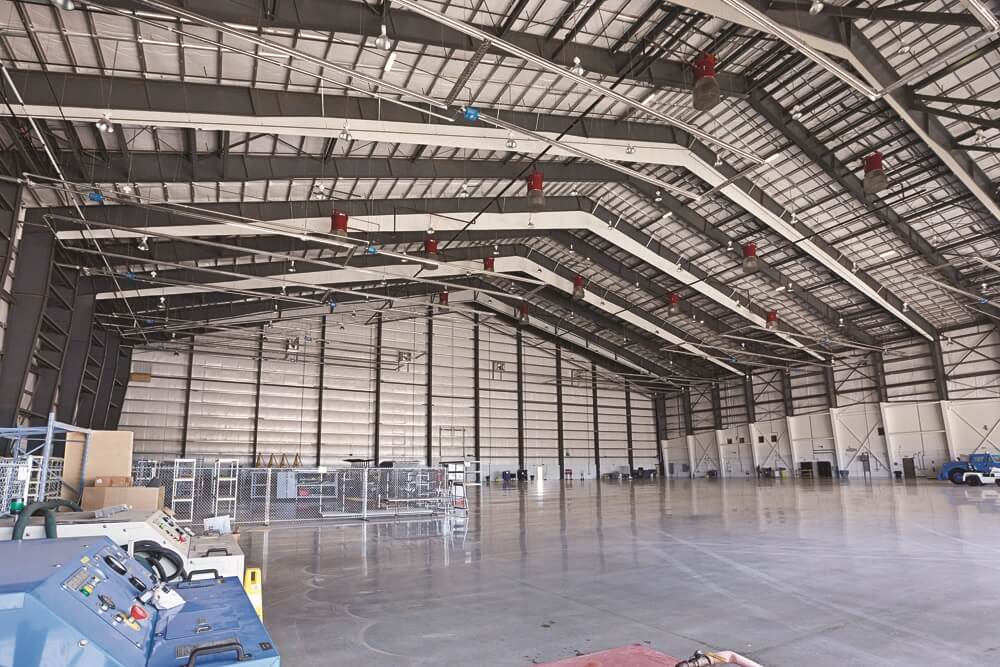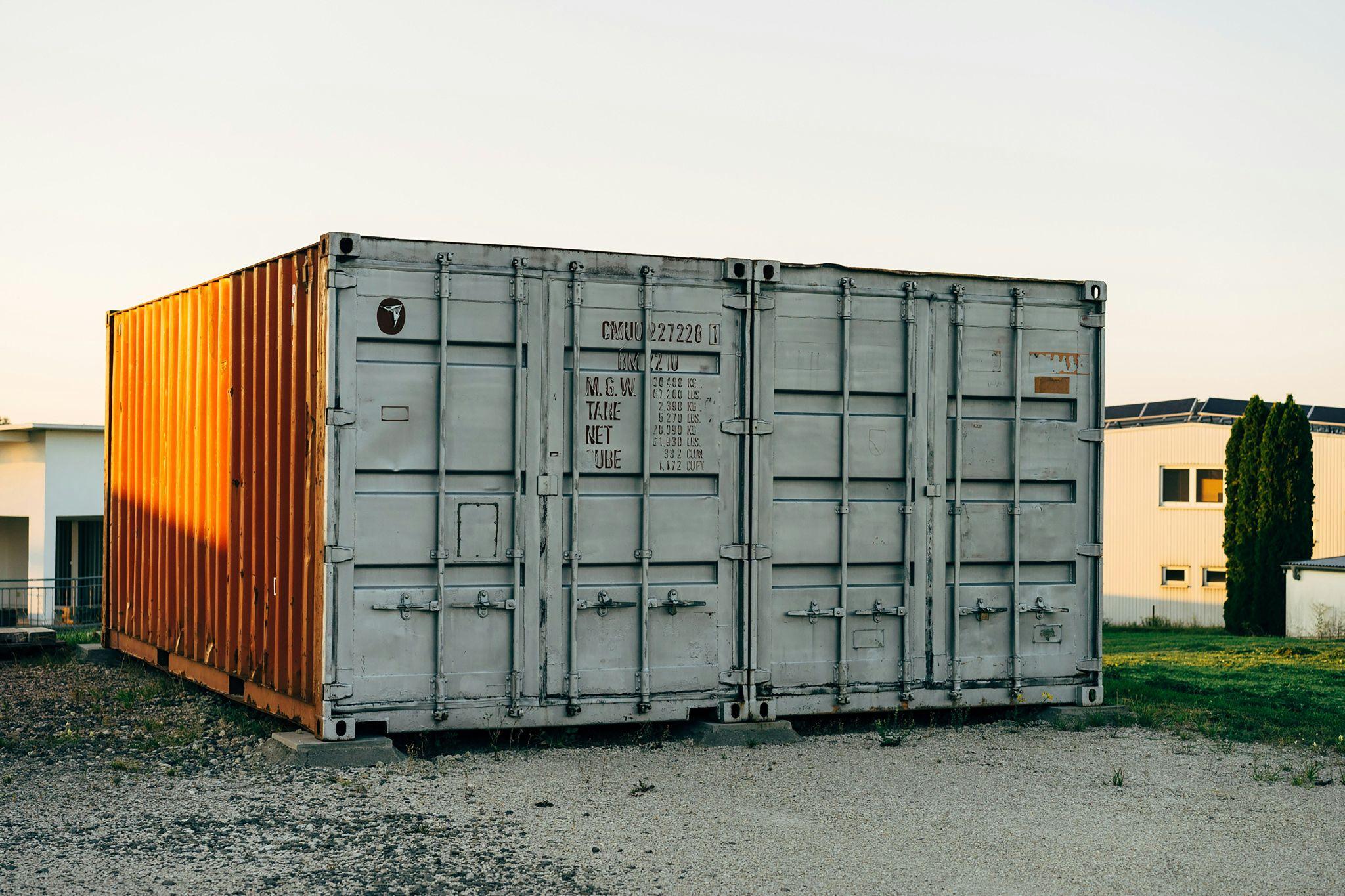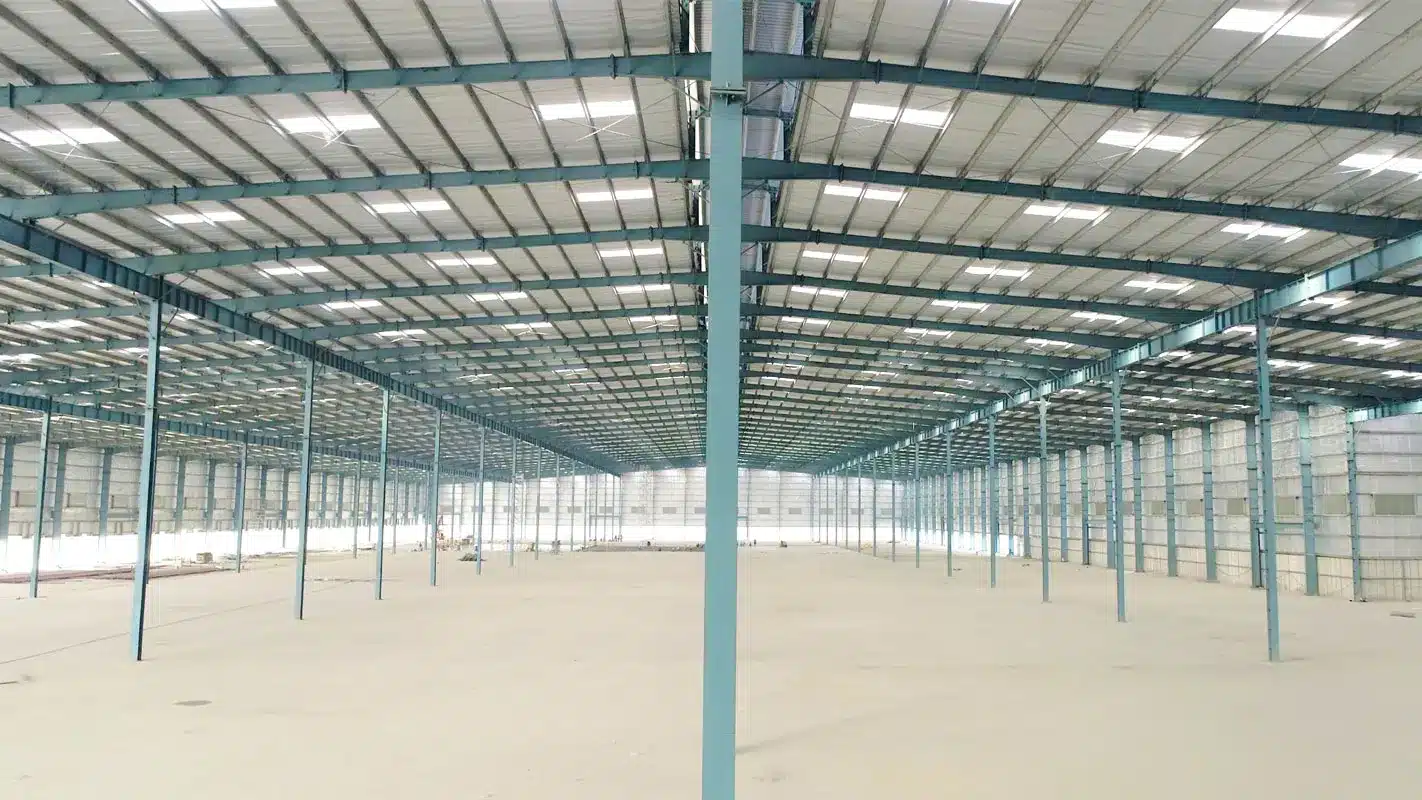The Science Behind Insulation: How It Works in Metal Buildings
While it might not be the most glamorous topic, understanding the science behind insulation is essential for anyone looking to maximize the efficiency and comfort of their metal building. Let’s break down the key scientific concepts behind insulation and explore how they apply to metal structures.
Heat Transfer Basics
Before we get into the nitty-gritty of insulation, let’s start with the basics of heat transfer. There are three main ways heat moves from one place to another: conduction, convection, and radiation. Conduction occurs when heat travels through a solid material, like when you touch a hot pan and feel the heat transfer to your hand.
Convection involves the movement of heat through fluids, such as air or water, as they circulate around a space. And finally, radiation is the transfer of heat through electromagnetic waves, like the warmth you feel from the sun on a sunny day. Understanding these principles is crucial for understanding how insulation works to regulate temperature in metal buildings.
Insulation Materials and Properties
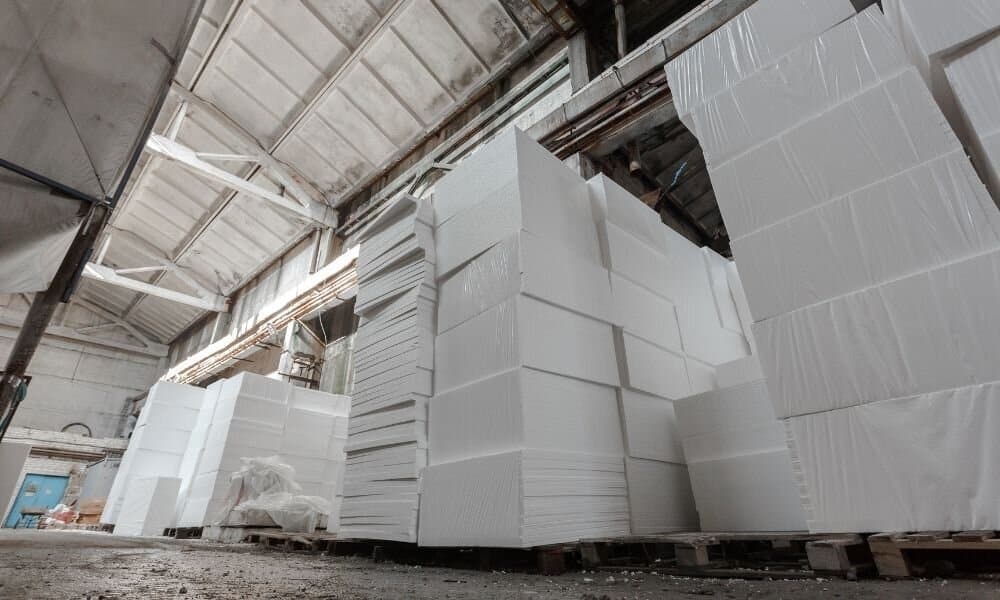
One key factor to consider when choosing insulation is its R-value, which measures its thermal resistance. The higher the R-value, the better the insulation’s ability to resist heat flow. Additionally, thermal conductivity is another important property to consider, as it determines how quickly heat can move through the insulation material.
Energy Efficiency Benefits
So, why does understanding the science behind insulation matter? Well, for starters, it can lead to significant improvements in energy efficiency. By choosing the right insulation materials, properly installing them, and minimizing thermal bridging, you can create a building envelope that effectively regulates temperature year-round.
This not only translates to lower energy bills but also reduces your carbon footprint and contributes to a more sustainable future. BlueTex Insulation has high-quality insulation for metal buildings and you can request a free sample on their website.
Is It Easy to Install Metal Building Insulation?
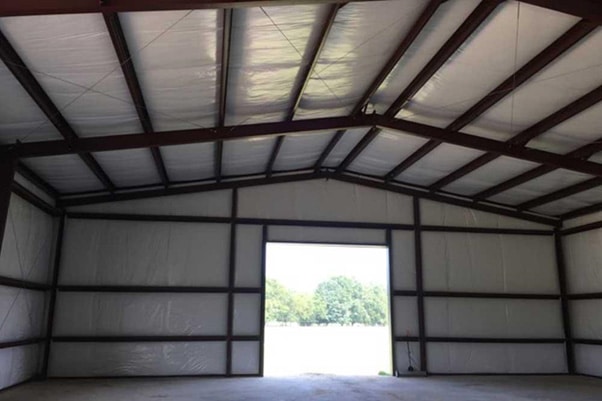
Know that there are various quality DIY insulation kits out there. It’s all going to be down to sourcing them and understanding your own experience. To work out if they’re easy for you to install, here are some elements you need to consider.
Your Experience Level
What are your DIY skills like? This should be the first element you think about when it comes to metal building insulation. If you’re used to working on projects and feel confident using tools, this could be a great way to save money.
However, if you’re new to DIY and don’t feel like you have the confidence to install insulation, it’s best to have an expert to do it for you. You can educate yourself and work towards this goal; you just have to be willing to do it.
The Amount of Time You Have
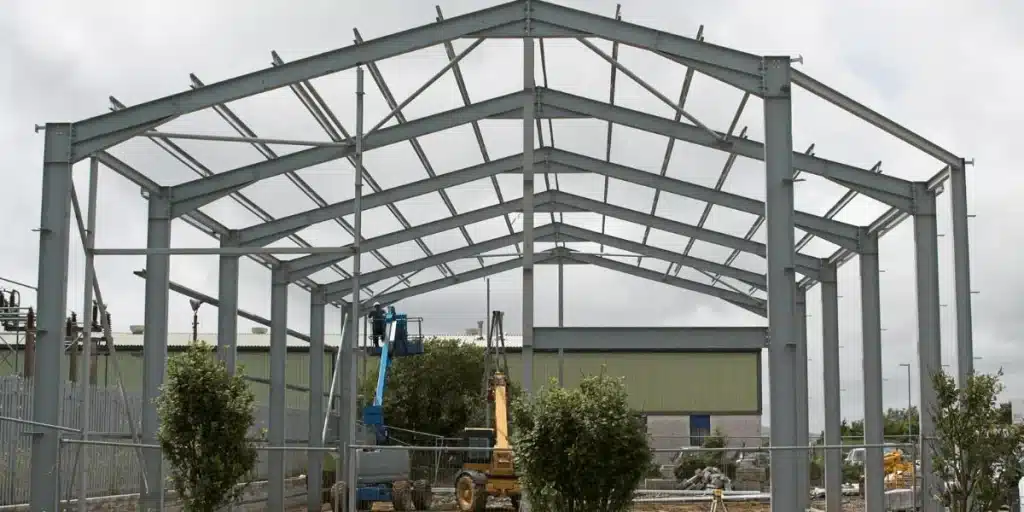 Insulation can take longer than you think to install on your metal building. This is particularly true if you have a big property. You need to evaluate how much time you have to dedicate to this project. If you can set aside the time, then you can work through this task at a steady pace. The last thing you want is to be rushing and make mistakes.
Insulation can take longer than you think to install on your metal building. This is particularly true if you have a big property. You need to evaluate how much time you have to dedicate to this project. If you can set aside the time, then you can work through this task at a steady pace. The last thing you want is to be rushing and make mistakes.
Thus, think about the amount of time you have in your schedule and whether you have the patience to carry out this project successfully.
The Kit You Choose
You always want to investigate DIY insulation kits carefully. Some will be better than others, and some will be easier to install. For example, some companies are great and will provide detailed guides you can follow, as well as provide quality materials. Others will require you to have some experience first. Therefore, take the time to research kits and read customer feedback on what they’re like to work with.
Conclusion
And there you have it – the science behind insulation in metal buildings. By understanding the principles of heat transfer, choosing the right insulation materials, and following proper installation techniques, you can create a space that’s comfortable, efficient, and environmentally friendly. So, whether you’re building a new metal structure or retrofitting an existing one, be sure to put your newfound knowledge to good use.

